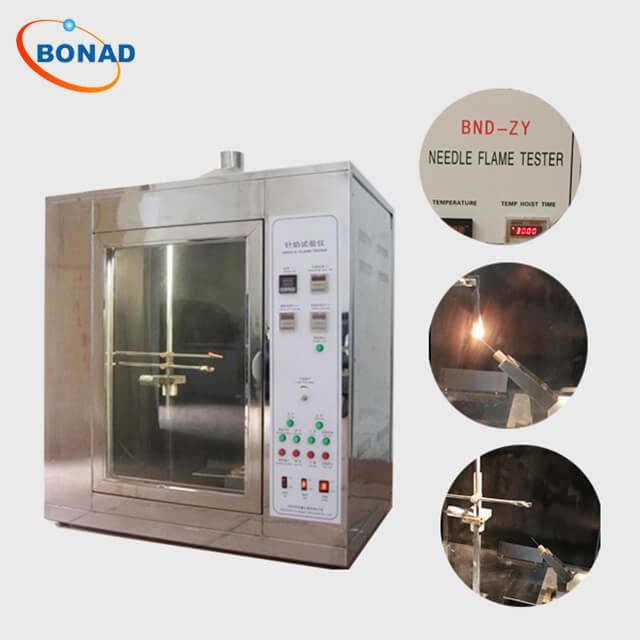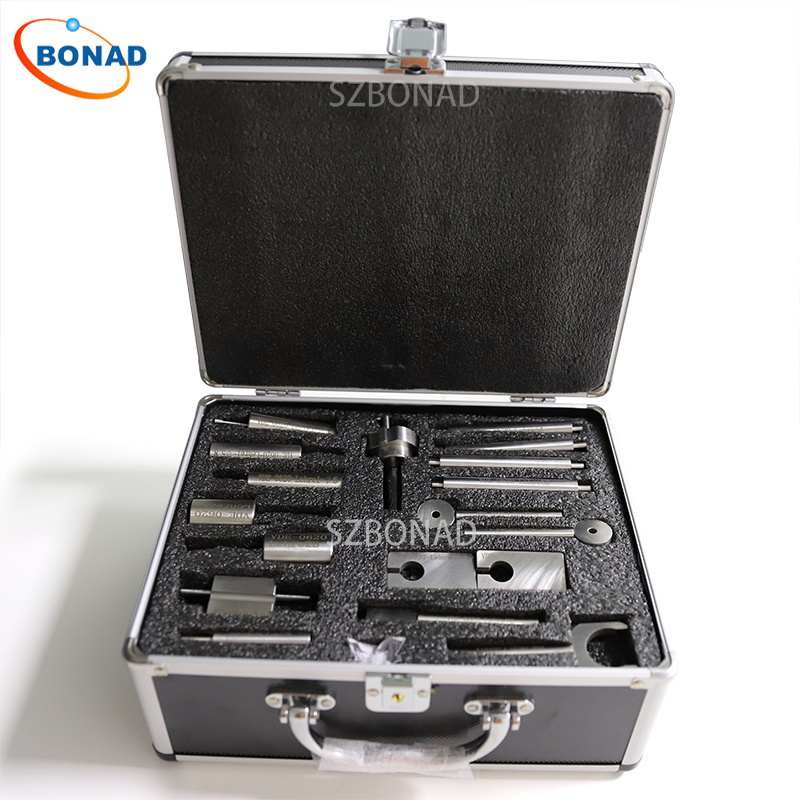In the world of electrical engineering and material science, preventing fire is paramount. A flammability testing lab is a critical first line of defense, providing the data needed to ensure products won’t ignite or spread flame in real-world conditions. This article delves into the essential role of these labs, with a focus on the needle flame test—a precise method for simulating fault-condition fires. We will explore the advanced capabilities of modern labs like the BONAD BND-ZY Flammability Testing Lab, using detailed technical parameters and real-world case studies to demonstrate their importance in global safety certification.
Why the Needle Flame Test is Indispensable for Product Safety
Many fire hazards in electronics and appliances don’t start with a large blaze. They begin with a tiny, intense flame caused by an electrical short circuit, an overheated component, or a faulty connection. Traditional Bunsen burner tests cannot accurately replicate this specific risk.
This is where a specialized flammability testing lab proves its value. By conducting a needle flame test, it subjects materials and components to a controlled, needle-shaped flame (typically 12mm high at 950°C), precisely simulating these high-risk scenarios. This test is mandated by leading international standards like IEC 60695-11-5 and GB/T 5169.5, making it a non-negotiable step for products seeking safety certifications such as UL 94 for plastics.
Core Technology: Inside a Modern Flammability Testing Lab
The accuracy of a needle flame test hinges on the sophistication of the equipment. The BONAD BND-ZY Flammability Testing Lab exemplifies the technical precision required for reliable, repeatable results. Below is a detailed breakdown of its core technical parameters:
| Technical Parameter | Specification | Importance for Testing Accuracy |
|---|---|---|
| Burner Specification | Inner Diameter: 0.5mm ±0.1mm, Length: 35mm (Stainless Steel) | Ensures a consistent, precise needle-shaped flame that is repeatable across tests. |
| Flame Temperature | 950°C ±10°C (reached within 30 seconds) | Simulates the intense heat of an electrical fault, a key requirement of IEC 60695. |
| Flame Height | 12mm ±1mm (with calibrated scale) | Provides a standardized flame intensity for fair comparison of different materials. |
| Flame Application Time | 0 to 999.9 seconds (programmable, ±0.1s accuracy) | Allows simulation of both short-term and prolonged exposure to a flame. |
| Sample Stage | 3D adjustment (up/down, left/right, front/back), 0-90° tilt | Ensures the flame can be accurately applied to the most critical part of a component. |
| Safety & Data Recording | Automatic fire extinguishing system; HD camera & temperature recorder | Enhances operator safety and provides objective evidence for test analysis and reporting. |
| Standards Compliance | IEC 60695-11-5, GB/T 5169.5, UL 94, and more. | Guarantees that test results are recognized for international safety certifications. |
Expanded Applications: From Raw Materials to Finished Products
A robust flammability testing lab serves a dual purpose, crucial for both R&D and final quality control.
1. Equipment and Component Testing
The lab tests finished products to verify that a small internal fault won’t lead to a major fire.
- Lighting Equipment: Testing lamp holders and housings of LED lights for resistance to overheating.
- Household Appliances: Assessing internal components of washing machines, AC units, and microwaves against short-circuit sparks.
- Electronics & Power Tools: Evaluating the flame retardancy of circuit boards, connectors, and tool housings.
2. Material Flame Retardancy Certification
For material scientists, the lab provides essential data to grade and improve formulations.
- Engineering Plastics: ABS, Polycarbonate (PC), and Nylon used in device housings.
- Insulating Materials: Epoxy resin boards and silicone rubber used in transformers and circuit boards.
- Other Solids: Packaging materials, textiles, and rubber seals used within equipment.

Case Studies: Demonstrating Real-World Value and Building Trust
The following cases illustrate how the BONAD BND-ZY lab delivers actionable, trustworthy results.
- Case Study 1: LED Lamp Housing Qualification
A lighting manufacturer needed to certify a new outdoor LED lamp housing made of PC plastic. Using the BONAD lab, a 30-second needle flame test was applied to the housing near the lamp holder. Result: The material self-extinguished immediately after flame removal, with only superficial charring and no dripping. This passed the stringent requirements of GB 7000.1, enabling mass production and ensuring long-term user safety. - Case Study 2: ABS Plastic for Consumer Appliances
A material supplier tested an ABS plastic sample intended for a hairdryer housing. The test parameters were strictly set according to GB/T 5169.5-2019. Result: The sample showed no ignition, no flame spread, and produced no flammable drips. The data provided the supplier with a powerful certification document to win contracts with appliance manufacturers.
Conclusion: An Essential Partner for Safety and Compliance
A modern flammability testing lab is far more than just a compliance tool; it is a strategic asset for any company designing or manufacturing electrical equipment and materials. By providing precise, standards-based data through tests like the needle flame test, it empowers engineers to create safer products, accelerates time-to-market by simplifying certification, and ultimately builds brand trust. The BONAD BND-ZY Flammability Testing Lab, with its detailed technical parameters and proven application range, stands as a reliable partner in the global effort to enhance product fire safety.


